How to Design Aluminum PCB for Beginners in PCB Industry?
By:PCBBUY 02/03/2023 17:03
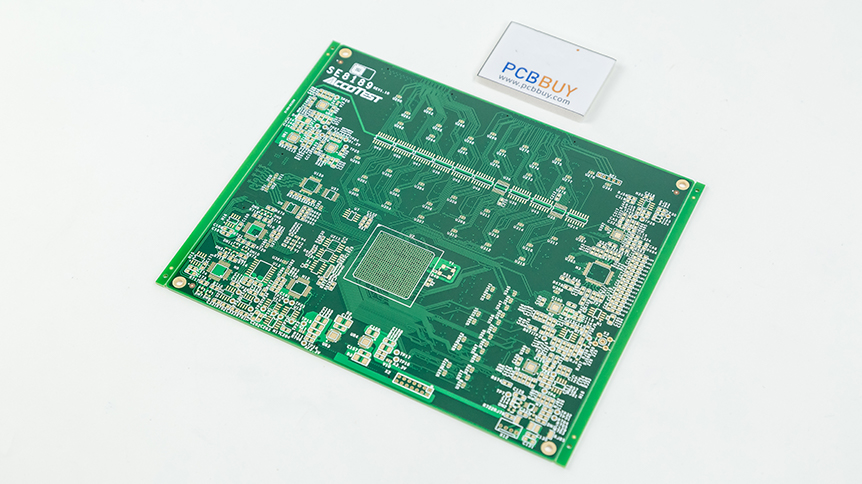
Aluminum is one alternative material that can be used in the core of a PCB, commonly referred to using the misnomer “aluminum pcb”. Using aluminum as the metal core in a PCB allows it to easily dissipate heat away from active components thanks to its high thermal conductivity. The high thermal conductivity of aluminum or another metal in the core of a PCB allow heat to be distributed more uniformly throughout a board.
How to design aluminum PCB? As a beginner of PCB industry, please check and read the passage to learn the information of aluminum PCB.
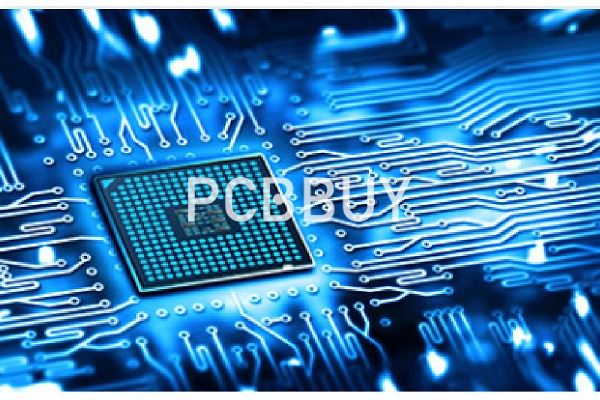
What are the advantages of aluminum PCB?
Aluminum boards are one of the most thermally conductive PCB options. They keep as much heat away from vital components as possible to ensure minimal circuit damage. Thanks to their high heat tolerance, they can handle higher density circuits and larger power levels. Substrates created from aluminum alloys have a high level of physical durability that lowers the risk of breakage. Compared to other metals, aluminum has a lower environmental impact in addition to a reasonable cost.
On the other hand, aluminum PCBs tend to have more niche uses than standard boards. While they cost less than adding conductors to a copper board, they have a higher price than standard PCBs without those components. Investing in an aluminum core may not pay off if your application doesn’t involve high temperatures. If you plan on creating a flex circuit, an aluminum flex PCB can only flex into its initial position. It will bend to fit into smaller electronics, but it won’t withstand the stress of vibration.
Low Cost
Aluminum is a metal that can be found in a variety of climates, so it is easy to mine and refine. Therefore, the costs of doing so are significantly lower than other metals. In turn, this means that manufacturing products with these metals are less expensive as well.
Environmentally Friendly
Aluminum is non-toxic and recyclable. Manufacturing with aluminum is also conducive to conserving energy due to its ease of assembly. For printed circuit board a supplier, using this metal helps maintain the health of our planet.
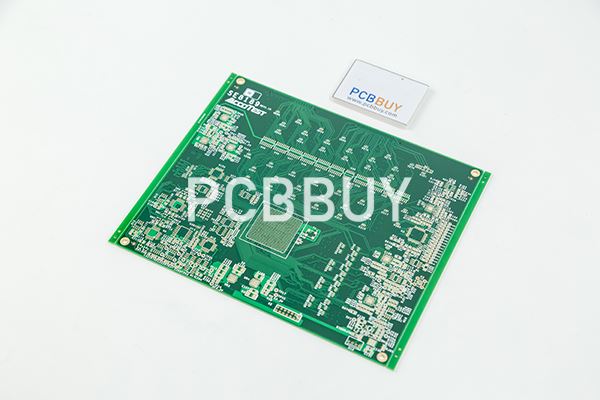
What are the classifications and features of aluminum PCB?
Aluminum PCBs are essentially divided into three categories.
· Universal Aluminum PCB: the dielectric layer used here is made up of epoxy glass fiber pre-preg.
· High Thermal-Conductive Aluminum PCB:the dielectric layer is made up of epoxy resin. The resin used must have high thermal conductivity.
· High-frequency Aluminum PCB:the dielectric layer is composed of polyolefin or polyimide resin glass fiber pre-preg.
Thermal Dissipation
The performance of aluminum PCBs while dissipating heat is quite well as compared to ordinary FR4 PCBs. For example, a FR4 PCB that is 1.5mm thick will have thermal resistance of 20-22 degrees per watt whiles a aluminum PCB 1. 5mm thick will have a thermal resistance of 1-2 degrees per watt.
Thermal Expansion: each substance has its own coefficient of thermal expansion. The CTE of aluminum (22ppm/C) and copper(18ppm/C)is quite close. Since aluminum PCBs work well in terms of Thermal dissipation they do not have severe expansion or contraction issues. They work excellently and are durable and reliable.
Dimensional Stability
Aluminum PCBs show dimensional stability and stable size. For example, when they are heated from 30-140 degrees, their size only had a change by 2.5%-3.0%.
Others: Aluminum PCBs can be used in power device surface mount technology. They are effective for use in circuit design because of their performance in terms of thermal expansion of circuit design. They help to prolong products shelf life and product power density. They are also extremely reliable. They can help to shrink the overall volume of the product and is also a cheaper option. They show electromagnetic shielding and high dielectric strength.
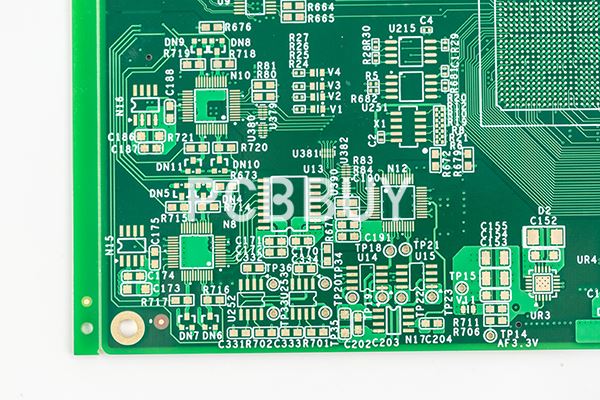
What is aluminum PCB used for?
The numerous benefits offered by aluminum boards makes them popular among a variety of applications. Following are a few benefits:
Light-weight
· This is one of the biggest advantages of these PCBs. Aluminum is extremely light-weight metal. Thus, it helps add extra strength and resilience to the PCB.
Able to Dissipate Heat
Whenever the vital components on a circuit board are exposed to high temperatures they can get damaged. Thus, to protect them from such damage, it is necessary to use a material that can dissipate the heat. Aluminum is the material, which has the capability to take the heat generated away from the vital components on the board, thus protecting them from any potential damage.
Long Lasting
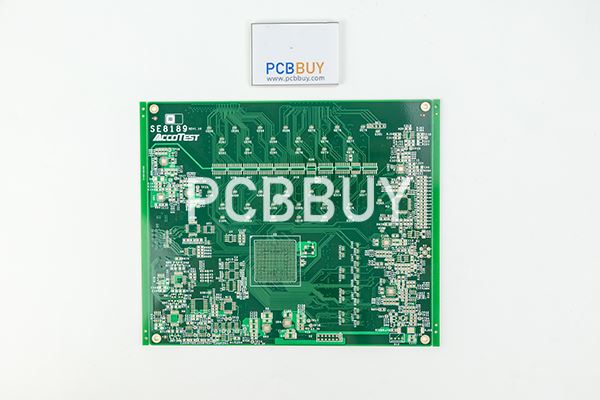
Aluminum is a sturdy material with high durability. The risk of accidental breakage during handling, manufacturing, or everyday use is eliminated by using aluminum circuit boards. It can provide better strength to a product as compared to fiberglass and ceramic bases.
Environmentally Friendly
Aluminum PCBs are easy to assemble, which helps in conserving energy. Besides this, the material is recyclable and non-toxic. This makes it environmentally friendly, and thus aids in safeguarding our planet.
Economical
You can find aluminum in almost any climatic conditions, which makes it easier to mine and refine. This helps reduce the costs. Thus, the manufacturing process, which involves aluminum is comparatively cheaper than other metals.
Industry Category











